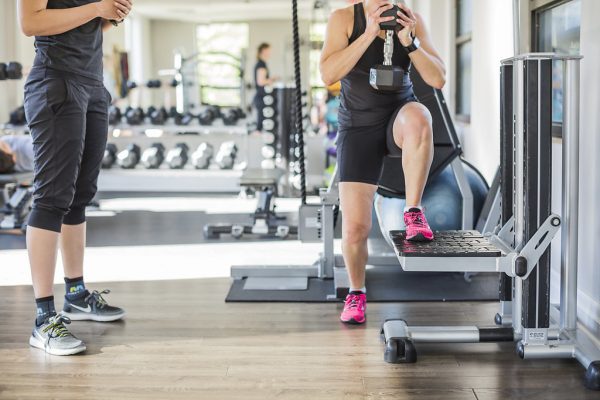
To Ice Or Not to Ice, That Is The Question!
I am often asked when people present with an injury if they should use ice or heat. Thermotherapy refers to the application of cold or heat to the skin or joint for the purpose of improving the symptoms of certain conditions at a biological level.
Heat
Blood flow increases by vasodilation (blood vessels expand) when we apply heat. The metabolic rate and the tissue extensibility will increase. Heat increases oxygen uptake and accelerates tissue healing, it also increases the activity of destructive enzymes. Thus applying heat on a swollen joint or infected area can be counterproductive and prolong healing. The increase in temperature and blow flow also causes relaxation which makes us feel better.
Examples
Superficial tissues can be achieved using hot packs, wax baths, towels, sunlight, saunas, heat wraps, and steam baths/rooms. We can also get the heat in the deeper tissues through electrotherapy (ultrasound, shockwave and infrared radiation).
Activity is also a way to increase the internal temperature of tissues which we often neglect.
Cold
Blood flow decreases by vasoconstriction (blood vessels contract) when we apply cold. The tissue metabolism will decrease just along with neuronal excitability, inflammation, conduction rate and tissue extensibility. The decreased metabolic rate limits further injury. So, we feel less pain when we apply ice and potentially slow down swelling in the tissue. However, the question raised is, is inflammation part of the healing process and essential for tissue healing? The application of ice does not need to be longer than approximately 15 minutes, but it is usually prescribed for 20 minutes to ensure the 15-minute mark is achieved.
Examples: ice packs, ice baths, cooling gel packs, cold air and sprays
So, What’s the Answer, Then?
The question still remains: heat or ice post injury? The evidence is inconclusive. The Rest, Ice, Compress, Elevate (RICE) was an acronym developed in the 1970s with little research or evidence to back it up, yet we continue to prescribe it without thought to what is happening. The application of thermotherapy may depend on what phase of tissue healing and the amount of pain a person is in; the inflammatory phase, the proliferation phase and the remodelling phase.
The traditional theory is to use ice during inflammatory phase, then introduce heat during the second and third phase of healing. But, as mentioned if inflammation is required as part of the healing process, do we want to limit it and by icing too quickly, have we disrupted the natural course of healing and can actually prolong the healing timeline? Should we be icing sideline injuries? As mentioned the evidence is inconclusive. At this point, ice application addresses pain management.
A joint with osteoarthritis, a chronic condition, may benefit from both applications. Ice massage on the joint line for pain reduction, which then allows the patient to be able to participate in activities that then warm the joint up such as exercise and hydrotherapy. So dual application is required throughout the day to manage pain and symptoms to increase participation.
In summary, I tell patients to avoid heat when joints and tissue are swollen hot or infected. Use ice to help modulate pain. Use what makes them feel the best and that may be a contrast application of cold followed by heat which promotes circulation and movement of fluids. You may have other conditions such as Raynaud’s or fibromyalgia that limit your use of thermotherapy. If injured seek medical attention, use the thermotherapy that meets your needs for pain relief and allows for the most movement and return to activity.
Article Written by Laura Doyle, Registered Physiotherapist BHSc (PT), B.Ed., B. KIN
As a registered physiotherapist, Laura works at McMaster Family Practice. She sees patients while promoting healthy living and aging along acute and chronic health conditions. Laura is a Member of the Momentum community who makes time at lunch to workout. She is passionate about moving every day to maximize function and fitness throughout the lifespan.

